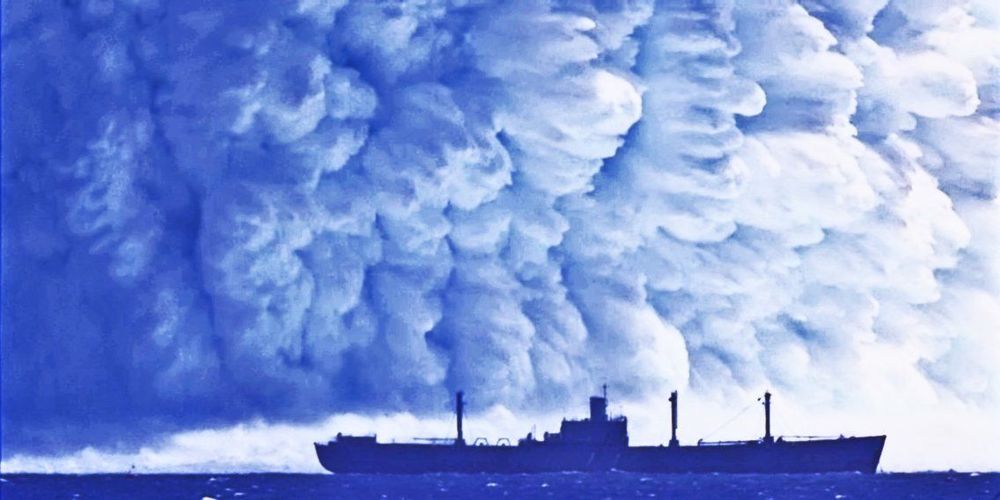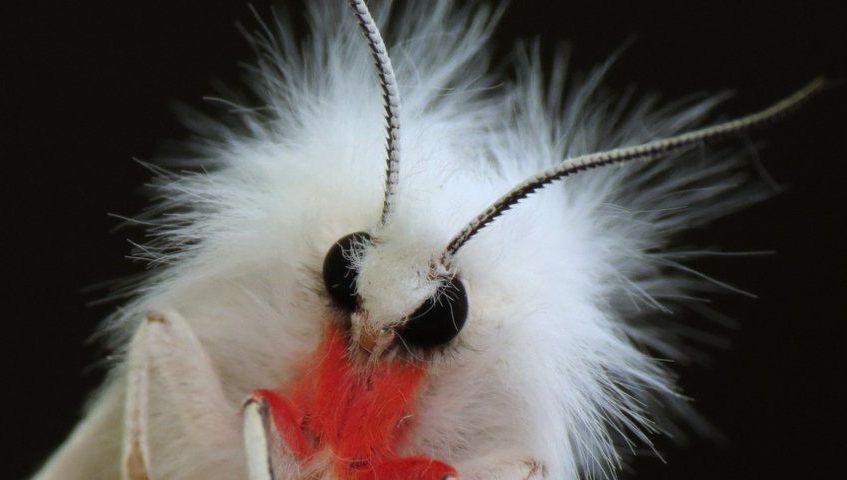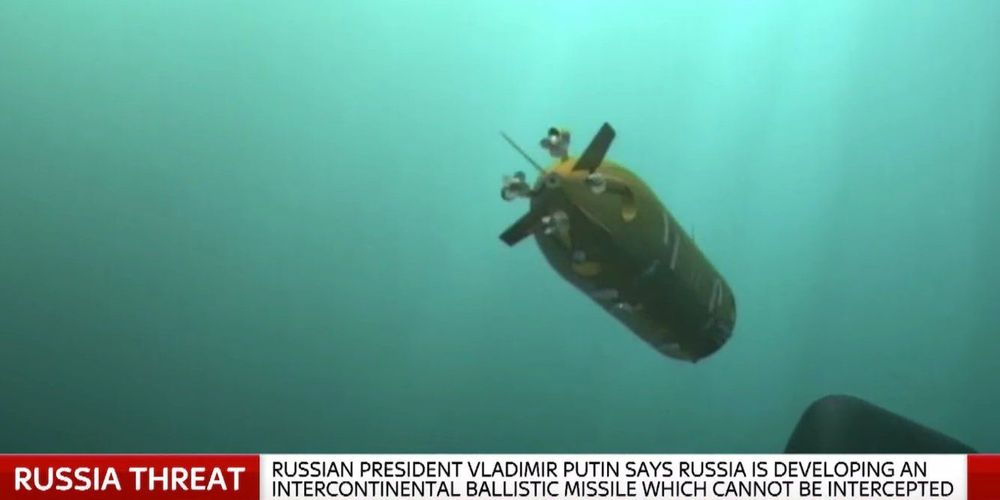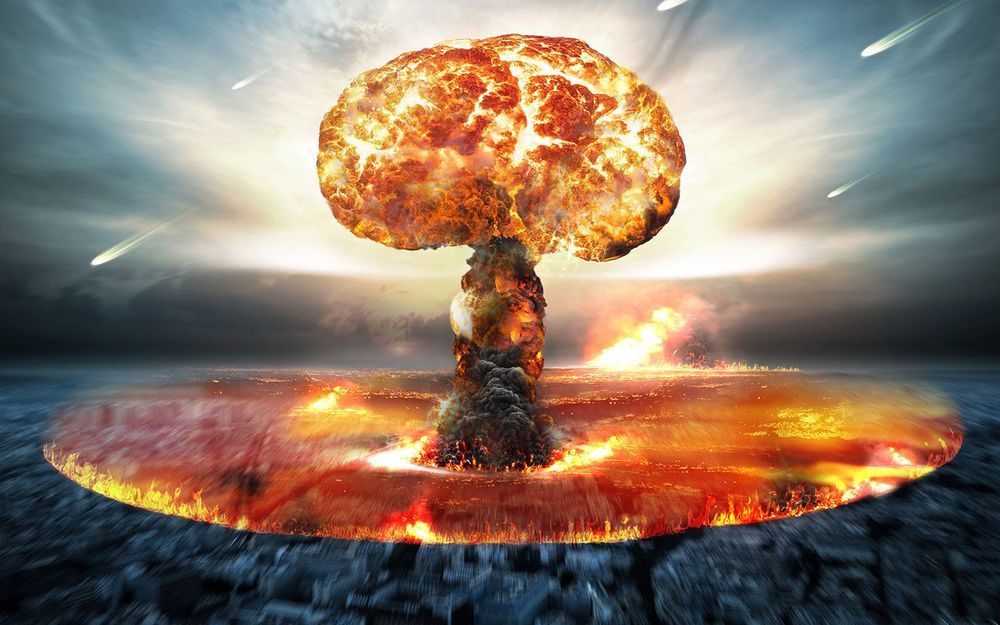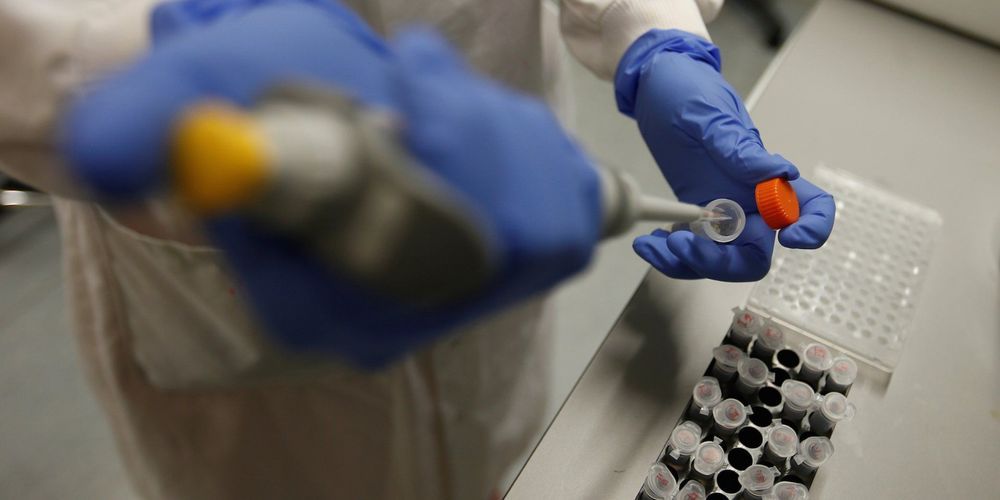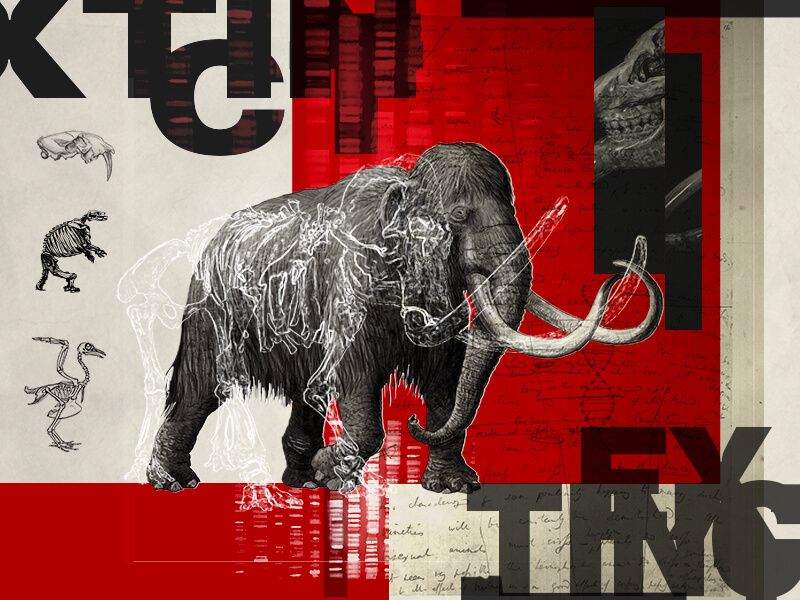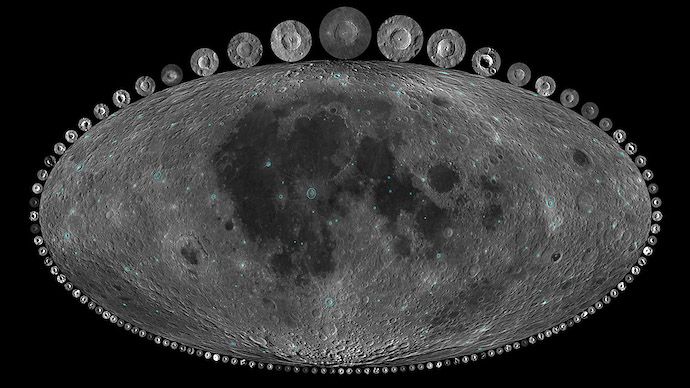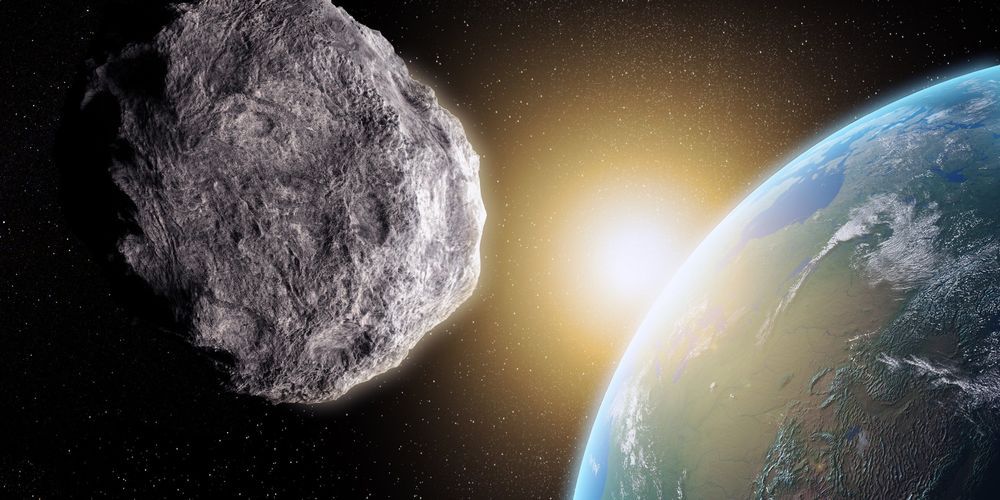- Russia is said to have built a new 100-megaton underwater nuclear doomsday device, and it has threatened the US with it.
- The device goes beyond traditional ideas of nuclear warfighting and poses a direct threat to the future of humanity or life on Earth.
- Nobody has ever built a weapon like this before, because there’s almost no military utility in so badly destroying the world.
- But an expert on nuclear strategy told Business Insider the weapon might have a larger role in helping Russian President Vladimir Putin break down NATO with the threat of nuclear destruction.
Since 2015, when images of a Russian nuclear torpedo first leaked on state television, the world has asked itself why Moscow would build a weapon that could end all life on Earth.
While all nuclear weapons can kill thousands in the blink of an eye and leave radiation poisoning the environment for years to come, Russia’s new doomsday device, called “Poseidon,” takes steps to maximize this effect.
